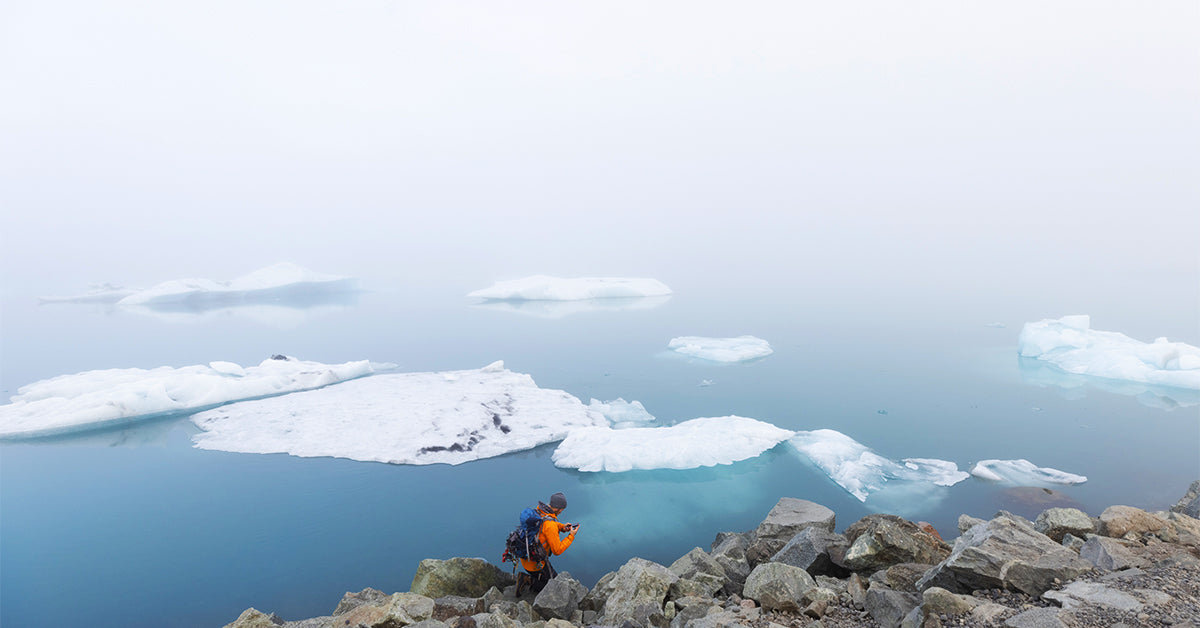Thermal cameras, also known as infrared cameras, operate by detecting and capturing the heat emitted by objects. They use specialized sensors that can detect the infrared radiation, which is invisible to the human eye. The captured heat signatures are then converted into visible images, allowing users to visualize temperature variations and identify potential anomalies.
What is the range of thermal cameras?
The range of a thermal camera depends on various factors, including the camera's specifications and the size of the object being observed. In general, most thermal cameras have a range of several hundred meters, allowing for effective detection and monitoring of temperature variations within that distance. However, it's essential to refer to the specific specifications of the thermal camera model for accurate range details.
In what environments can thermal cameras be used?
Thermal cameras can be used in a wide range of environments. They are particularly useful in situations where visibility is limited or compromised, such as low-light conditions, complete darkness, or environments with smoke, fog, or dust. Thermal cameras can penetrate through these obstacles and provide clear imaging of heat signatures, making them valuable in industries such as security, surveillance, building inspections, firefighting, and search and rescue operations.
Can thermal cameras detect through objects?
Thermal cameras are designed to detect the heat emitted by objects, but their ability to penetrate through solid objects is limited. They primarily capture surface temperatures and cannot see through materials such as walls, glass, or plastics. However, thermal cameras can detect temperature differences on the surface of objects, providing valuable insights into potential issues such as overheating electrical components or energy inefficiencies in buildings.
Are thermal cameras safe to use?
Yes, thermal cameras are safe to use. They operate by detecting the natural heat emissions from objects and do not emit any harmful radiation themselves. Thermal imaging technology has been widely utilized in various industries for many years, ensuring the safety and well-being of users.
Conclusion:
Thermal camera technology offers valuable insights into temperature variations and has numerous applications across industries. By addressing common questions about thermal camera technology, we have provided clarity on how it works, its range, its use in different environments, and its safety. Understanding these aspects helps potential users make informed decisions about integrating thermal camera technology into their workflows, enabling them to harness its capabilities for enhanced situational awareness, preventive maintenance, and improved efficiency.



